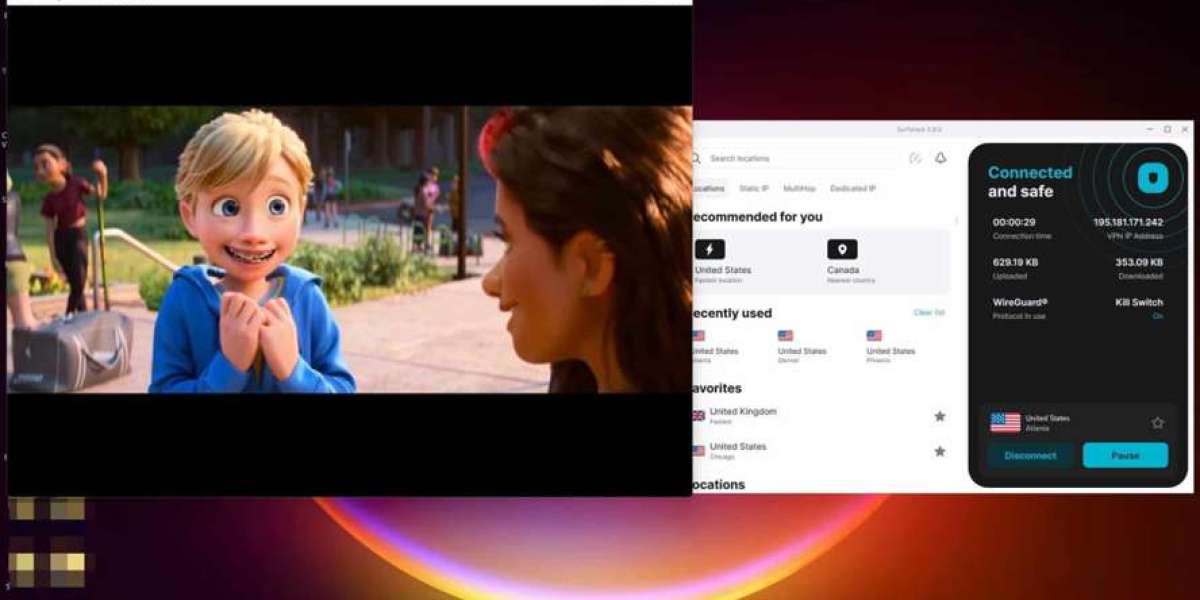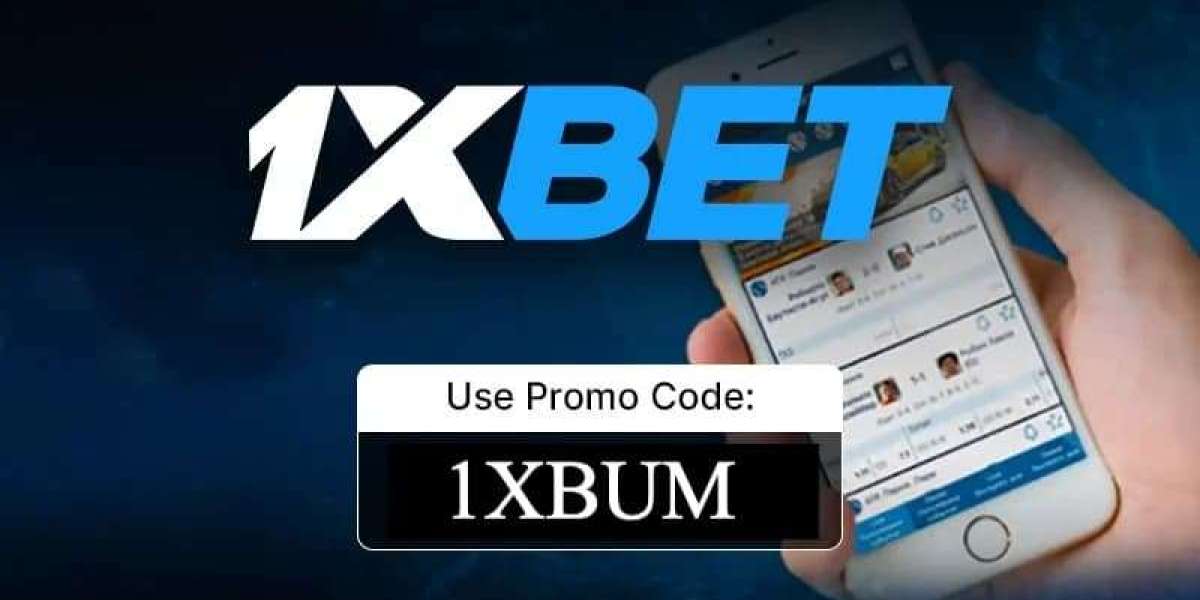Introduction: AI Can Help—But Only If You Use It Right
AI-powered cover letter generators like ChatGPT, Teal, or CoverLetterCopilot can save time and effort.
But too often, users fall into traps that turn their promising AI drafts into bland, forgettable fluff.
In this blog, we’ll reveal the 10 most common mistakes job seekers make when using AI for cover letters—and how to avoid them so your applications actually stand out.
? Mistake #1: Copying the AI Output Without Edits
Why it hurts: AI-generated letters are often generic. Recruiters can smell copy-paste jobs a mile away.
Fix it:
✅ Customize the first paragraph
✅ Mention the company’s name + recent project
✅ Add one sentence that reflects your own voice or passion
? Mistake #2: Failing to Personalize the Intro
Why it hurts: Starting with “I am writing to express my interest…” screams template.
Fix it:
Lead with a hook:
“As someone who thrives in fast-paced design teams, I was immediately drawn to [Company]’s approach to product simplicity.”
? Mistake #3: Skipping the Job Description in the Prompt
Why it hurts: The AI doesn't know what the job requires—so it can't tailor your content.
Fix it:
Always paste the job description into the prompt. Example:
“Here’s the job description. Tailor the cover letter accordingly.”
? Mistake #4: Ignoring ATS Keywords
Why it hurts: Applicant Tracking Systems (ATS) may screen out your letter if it lacks key terms.
Fix it:
Ask:
“Include keywords from the job description to make this ATS-friendly.”
Or use tools like Rezi to score your keyword match.
? Mistake #5: Using a Tone That Doesn’t Fit the Company
Why it hurts: A formal letter for a casual startup—or vice versa—can feel off-brand.
Fix it:
Ask the AI to match tone:
“Make the letter sound creative and conversational, like it's for a mission-driven startup.”
? Mistake #6: Forgetting to Add Achievements
Why it hurts: AI often writes in generalities (e.g., “strong leadership skills”) without proof.
Fix it:
Feed the AI specific bullet points:
“I increased app downloads by 40% in 6 months” → turns into a compelling paragraph.
? Mistake #7: Making the Letter Too Long
Why it hurts: Recruiters won’t read a wall of text.
Fix it:
Keep it to 250–300 words max. Ask ChatGPT:
“Shorten this while keeping the impact.”
? Mistake #8: Using a Single Letter for All Applications
Why it hurts: It shows you didn’t care enough to tailor it.
Fix it:
Use the same structure, but tweak the intro, role, and key experience for each job.
? Mistake #9: Overtrusting the AI’s Facts
Why it hurts: AI sometimes “hallucinates” skills, job titles, or outcomes you didn’t mention.
Fix it:
✅ Always fact-check the final output
✅ Don’t let AI speak for skills you don’t have
? Mistake #10: Not Asking for Rewrites or Tone Tweaks
Why it hurts: AI can adapt—but only if you prompt it to.
Fix it:
Ask follow-ups like:
“Rewrite this in a warmer tone”
“Make this sound more confident”
“Add a creative closing line”
Recap: 10 AI Cover Letter Mistakes to Avoid
| Mistake | Quick Fix |
|---|---|
| 1. Copy-paste with no edits | Always personalize intro + achievements |
| 2. Generic opening lines | Start with a hook that matches the company |
| 3. No job description provided | Paste it into your prompt |
| 4. Ignoring ATS keywords | Use AI to match JD language |
| 5. Wrong tone | Adjust voice to fit industry/company |
| 6. No metrics or proof | Feed AI your real accomplishments |
| 7. Too long | Keep it concise (under 300 words) |
| 8. One-size-fits-all letter | Customize each one |
| 9. Factual errors | Proofread and fact-check every word |
| 10. Not prompting for revisions | Iterate with tone/style feedback |
Final Thoughts: AI Is a Tool, Not a Shortcut
Using AI can give you a powerful head start—but you still need to steer the ship.
Use AI to build the foundation.
Add your voice, story, and clarity.
And you’ll send a cover letter that no recruiter can ignore.
FAQs
1. Is it okay to submit a cover letter entirely written by AI?
Only if you personalize it. Raw AI drafts tend to be vague or robotic.
2. How can I improve the tone of an AI cover letter?
Ask ChatGPT to rewrite it as “confident but human” or “conversational but professional.”
3. Do I need to customize cover letters for each job?
Yes. Even small edits (intro + skills match) can make a big difference.
4. What’s the #1 thing to fix in AI cover letters?
The first paragraph—make it personal, specific, and role-relevant.








